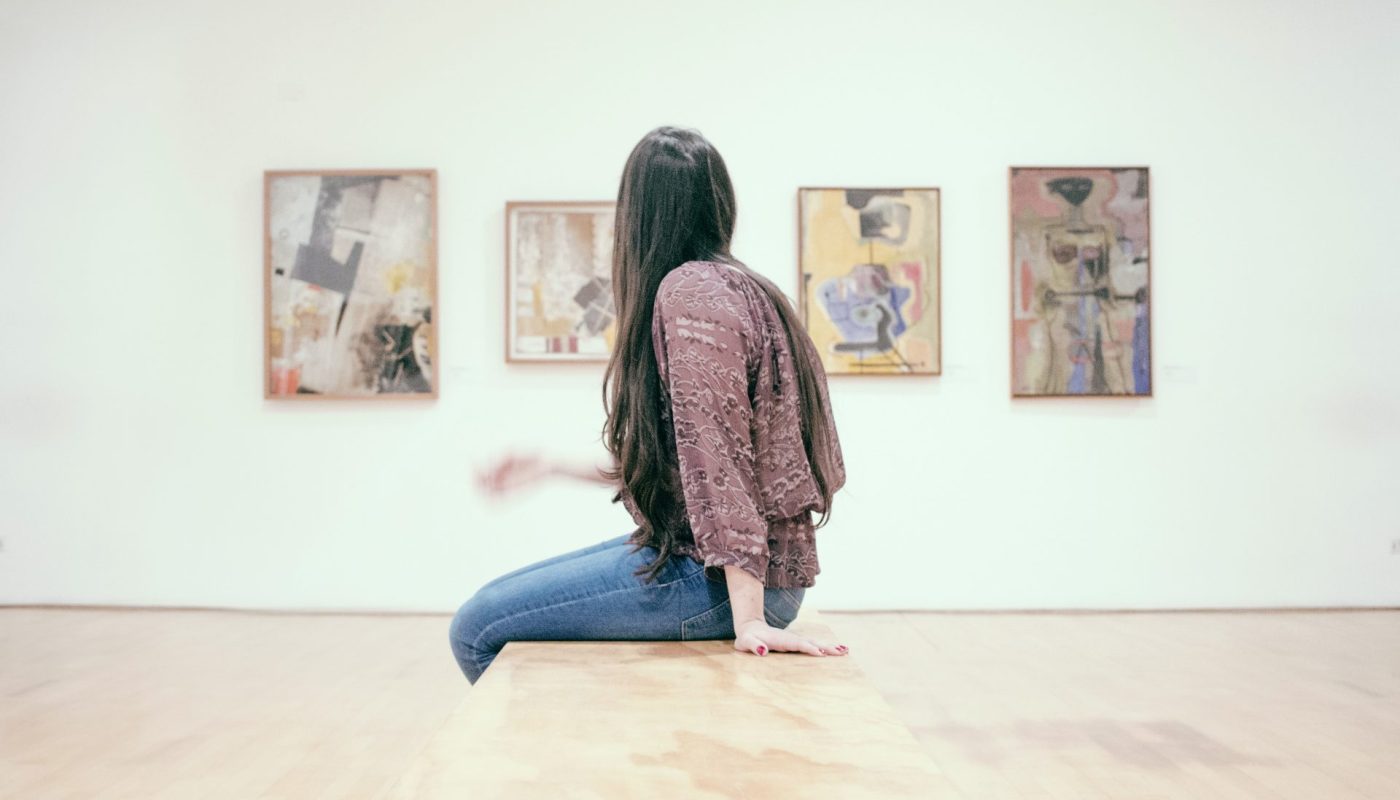https://www.youtube.com/watch?v=OyU5-C09-EQ
As you have seen, AI and Deep Learning can be integrated into museums in a variety of forms. AI is opening up new formats for art organizations not only in terms of visitors’ experience but also in terms of services and offerings. This means, data sets containing information about the number of visitors, demographic of visitors could be employed by Deep Learning machines to find correlations and make future forecasts. Indeed, one of the biggest challenges for museums is predicting the number of visitors that will visit a certain exhibition during a certain day of the week. However, this forecast is extremely important in order to estimate the expenses needed to uphold collections and organize temporary exhibitions. By using Deep Learning is indeed possible to predict the number of visitors according to historical data. The machine conducts first a descriptive analysis by analyzing the existing data and identifying patterns. For instance, it computes the correlations between the number of visitors and a specific day of the week. Afterward, by running a predictive analysis, the machine generalizes the patterns previously identified and applies them to new cases. In our example, it predicts how many people might visit a certain exhibition on the selected day.
(If you want to know more about how machines actually work, check my blog post here.)
As usual, when dealing with Deep Learning, a huge amount of data is needed. A good example of a huge amount of data is offered by the National Gallery, London. There, nearly 100 years of data are used by Deep Learning machines to make assumptions about the number of future visitors. The aim is to exploit big data to properly manage the museum financial resources and to increase visitors engagement.
Deep Learning can also be used to reorganize and manage collections as well as archives. The pieces can be gathered by using the objects’ descriptions or even image recognition. An ongoing project called Codice Ratio uses a combination of AI and optical-character recognition software that scans the texts from the Vatican Secret Archives and make them digitally available for the very first time.
The use of Deep Learning within museums is at the forefront of the cultural transformation that is currently happening. In particular, through data analysis, museums can optimize their finance and increase the value of visitors’ experience.
What is your opinion about this transformation? Let me know in the comments section below! 🙂
References:
Photo by gilber franco on Unsplash
Robot Pepper oggi utilizzati nei musei come guide per visitatori
Giving art a voice with an artificial intelligence audio guide
Exploring the Explosion of Museum AI
How are museums using artificial intelligence, and is AI the future of museums?




Hi Margherita,
I really like your blog story – it is always interesting and comprehensible.
Regarding a robo which is leading me through the exhibition and answering all my questions, I do not really know what I should think about that. A tour through a museum lives from interaction with the guide and I am not sure if a machine can interact the same way as a real human interacts.
We will see in the future how everything turns out.
Looking forward to read your next blog post.
Regards,
Alberto
Hi Alberto, thank you for your interest and for sharing your thoughts! I totally see your point, but I don’t think machines will be able (at least in the near future) to guide us through a museum. Deep Learning would be more a tool that makes the visit engaging and also fun. That could increase the attractiveness of museums for young people who usually don’t have a long attention span and get easily bored. To this extent, I believe it has huge potential.
Hope to see you soon on the blog! 🙂
Hi Margherita,
Great examples and a nice way of putting them together in your video!
As machine learning is increasingly entering the realm of art (by being capable of creating art), projects such as “A voz da Arte” make very much sense to me. Looking forward to your next posts!
Cheers, Corina
Margherita, qualche settimana fa ho iniziato a leggere i tuoi articoli e devo dire che li trovo sempre molto interessanti e li leggo sempre molto volentieri: condivido le cose che scrivi e sono spunto di molte riflessioni inevitabili.
Un saluto,
Giorgia
Ciao Giorgia, mi fa piacere vederti sempre attiva sul blog e sono contenta che tu stia esplorando con me l’affascinante mondo del deep learning 🙂 Alla prossima allora.
Un caro saluto!
Hi Corina, I’m glad you liked it. I totally agree with you and I think it’s time for the “unchanging” world of museums to change and adapt to new technologies as well. Hope to see you soon the blog! 🙂
Interesting – I think I have already been in touch with AI in museums but never thought about it being AI actually. Due to the corona crisis, lots of museums have made digital exhibitions so you can now visit the most popular museums around the globe online and for free. Maybe they use AI as well? Looking forward to the following blog posts!
Hi Katharina, thanks for your comment. Yes, actually these challenging times are forcing museums to quickly adapt to the new digital world. Most of the free online exhibitions have been implemented through augmented reality and virtual reality, but I’m quite sure museums are using AI to customize the visitors’ journey on the online platform 🙂
Margherita, wow! I always loved interactive and digital exhibitions but I never thought that some of them could’ve been DL and AI! That’s definitely a way to spark the interest and curiosity iof younger generations into complex areas 🙂
Hi Veronica, I totally agree with you: it’s really fascinating how AI and museums can be combined! I believe also the elderly might profit from it and who knows, maybe getting closer to the younger generation 🙂
I relay todays “crippled”comment. Also “errata corrige”. Hi Margherita.I compliment you on your excellent english. My first apperception of AI is it will in the short run be instrumental in driving culture as a whole closer to people around the world. AI seems to be based on a sort of sophisticated statistical system tapping highly reliable sources. It is my considered opinion it will in the foreseeable future turn out to be a soft revolution to acquire knowledge. Saluti. Renato
Dear Renato, thank you very much for your comment, it’s very appreciated!
I also believe AI will shape our future and will play an essential role in the knowledge acquisition process and in its spread around the world. In my opinion, we should not be “afraid” of this change, but we should see it as an opportunity to evolve from both a personal and societal point of view.
Hope to see you soon on the blog!
Cari saluti,
Margherita
Hi Margherita, I read whit great interest your posts on AI, always clear and comprehensive. Last week I came across an interesting article about the application of AI in the fight against the coronavirus pandemic and I was wondering if you could tell us something about it!
Looking forwards to read your next blog post.
Dear Cristina, thank you very much for your positive comment and for the input. I think it’s a current topic that needs to be discussed on this blog as well..stay tuned for the next posts! 🙂
Hi Margherita, I love you post! I like how you combine AI with practical examples and the video is a great way to present them in an entertaining way. I’m curious to see how it will develop. I think it’s actually a great development, but as you write, it requires a lot of data. This will depend on how open people are to share their private data.
Hi Anja, thanks for your comment. You’re right, data is always the key when working with AI. Unfortunately, since there is not enough clarity in terms of collection, use, and protection, this has definitely an impact on AI applications and possibilities. Let’s see how it’ll evolve. 🙂